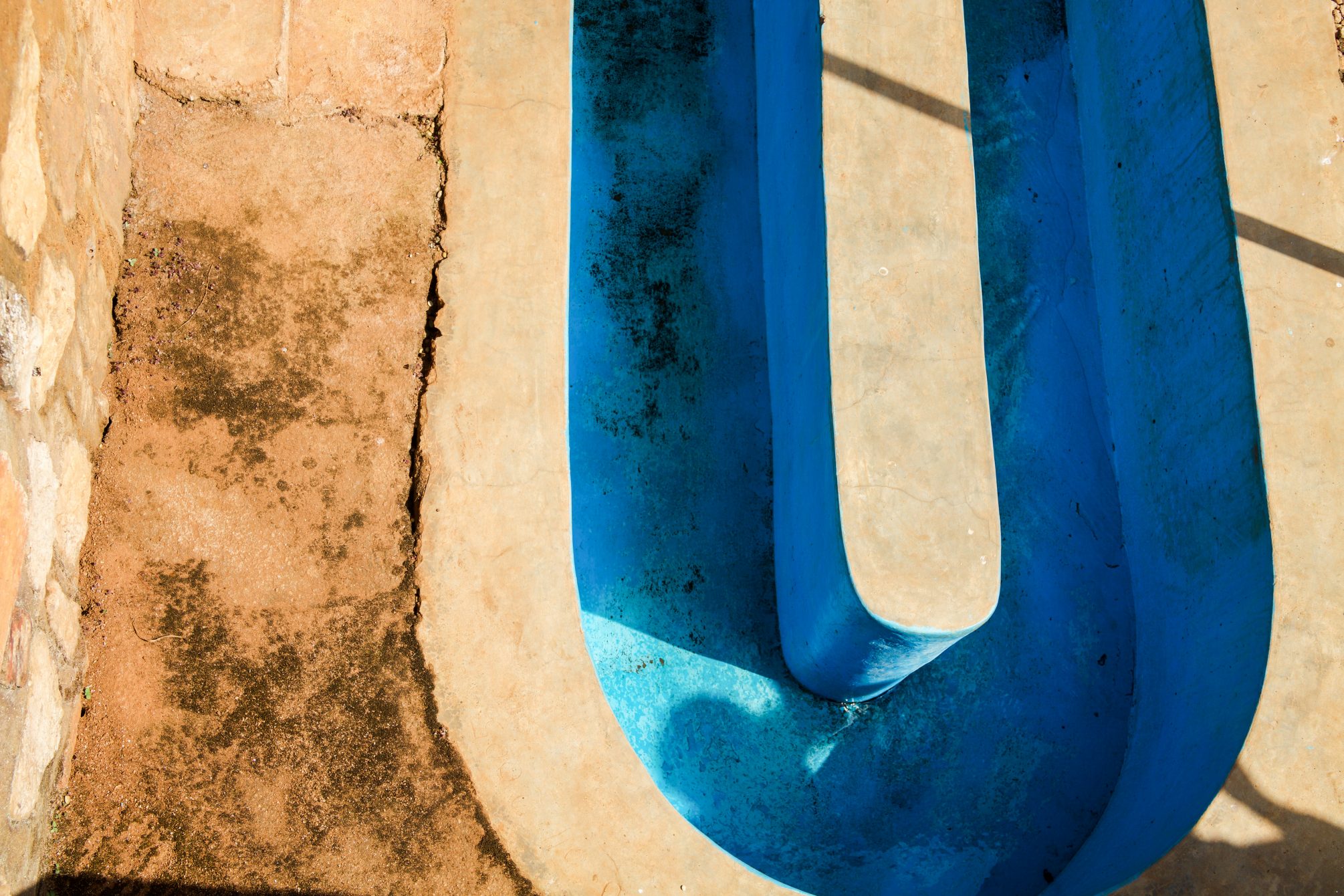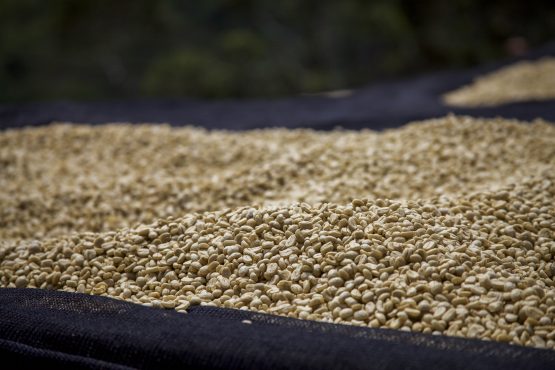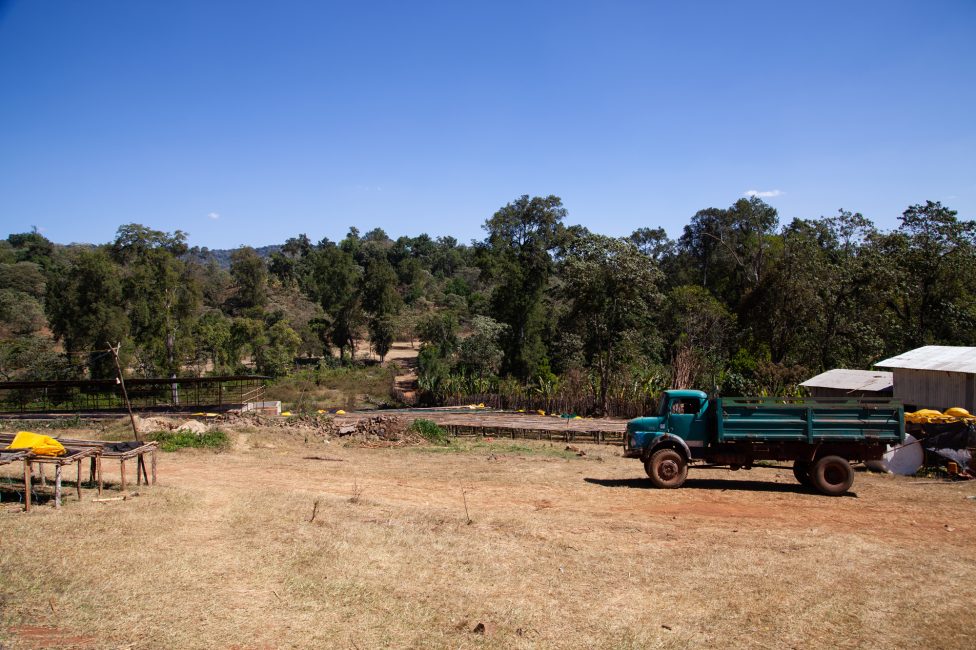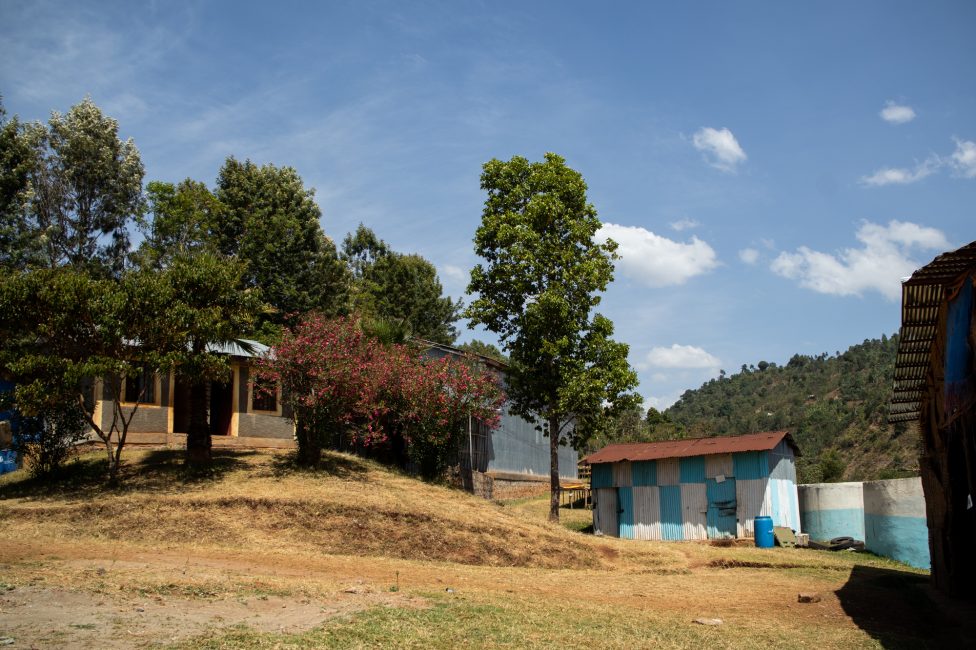Muhondo ‘Huro’ Micro-Lot
Bright and complex, with honey sweetness and a syrupy body with notes of stewed apple, jasmine, vanilla, and a marmalade finish.
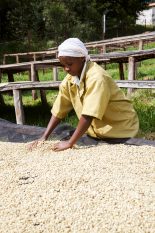 Muhondo coffee washing station is owned by Muhondo Coffee Company Ltd. and is situated in the Muhondo Sector, Gakenke District, Northern Province. The region has an annual rainfall of 73 inches per year, and this, combined with high elevations and nutrient-rich soil create a unique microclimate that is well-suited to producing high quality specialty coffee.
Muhondo coffee washing station is owned by Muhondo Coffee Company Ltd. and is situated in the Muhondo Sector, Gakenke District, Northern Province. The region has an annual rainfall of 73 inches per year, and this, combined with high elevations and nutrient-rich soil create a unique microclimate that is well-suited to producing high quality specialty coffee.
The washing station was established in 2006 by Terimbere Kawa Yacu Cooperative and transitioned to full operation by Muhondo Coffee Company in 2013. Muhondo is a private company owned by Vincent Usabimana, Jean Nepomuscene Habyarimana, Marianne Mukankwiro, and Laetitia Uwamariya.
Since taking over the washing station, Muhondo has been recognised in the Cup of Excellence on a number of occasions; most recently in 2014 where it placed first with a score of 91, and in 2015 where it took 3rd place with a score of 89.89!
Muhondo works with around 1,800 farmers, 40% of whom are women. All are small-scale producers, and typically own less than a quarter of a hectare of land, on which they cultivate an average of only 250–300 coffee trees each as well as other subsistence food crops such as maize and beans. The farms are located on two main hillsides, known as Huro (where this lot is from) and Bande. The coffee is grown at elevations of 1,700 metres above sea level to 2200 metres above sea level, which means the cherries ripen slowly, allowing sugars to better develop, which results in a very sweet and complex cup profile.
Having a centralised washing station like Muhondo provides the small farmers in the Gakenke Sector to combine their harvests and process cherries centrally. Before the proliferation of washing stations such as Muhondo, the norm in Rwanda was for small farmers to sell semi-processed cherries on to a middleman, and the market was long dominated by a single exporter. This commodity-focused system—coupled with declining world prices in the 1990s—brought severe hardship to farmers, some of whom abandoned coffee entirely.
Today, it’s a different picture. Farmers who work with Muhondo have seen their income at least double. The washing station is also actively involved in the community and has taken many social initiatives such as providing farmers with financing and giving them access to a clean water supply. Muhondo washing station is also supported by the Starbucks Farmers Support Centre, which provides support in agronomy, processing, and quality, and shares best practices with the washing station managers and farmers.
HOW COFFEE AT MUHONDO WASHING STATION IS PROCESSED
The team at Muhondo Washing Station takes a huge amount of care in sorting and processing its coffee. Seven full-time workers are employed by the washing station throughout the year, and an additional 200 workers are brought on to process the coffee during the harvest.
- Under the watchful eye of Wellars Karangwa, the washing station manager, cherries are delivered to the washing station on the same day as they are picked, and are inspected and sorted to ensure only the very ripest cherries are processed.
- The cherries are then put into a floatation tank, and sorted by weight (and any floaters removed) and pulped on the same day—almost always in the evening—using a mechanical pulper that divides the beans by weight (the heaviest usually being the best).
- After pulping, the coffee is fermented overnight for around 12–18 hours, and then graded again using floatation channels that sort the coffee by weight. The beans are then soaked for a further 24 hours, before being moved to raised screens for ‘wet-sorting’ by hand. All water used during the processing comes from a natural spring with water from the mountains.
- As with most washing stations in Rwanda, women do the majority of hand sorting. This takes place in two stages—on the covered pre-drying tables and on the drying tables. Washed beans are moved from the wet fermentation tanks onto the pre-drying tables, where they are intensively sorted under shade for around six hours. The idea is that greens (un-ripes) are still visible when the beans are damp, while the roofs over the tables protect the beans from the direct sunlight.
- Next, the beans are moved onto the washing station’s extensive raised drying tables (‘African Beds’) for around two weeks, where they are sorted again for defects, turned regularly and protected from rain and the midday sun by covers, ensuring both even drying and the removal of any damaged or defective beans. During this period the coffee is also turned several times a day by hand to ensure the coffee dries evenly and consistently.
- After reaching 11% humidity, the coffee is stored in parchment and then when adequately rested it is transported to Kigali where it is carefully milled and prepared for export.
